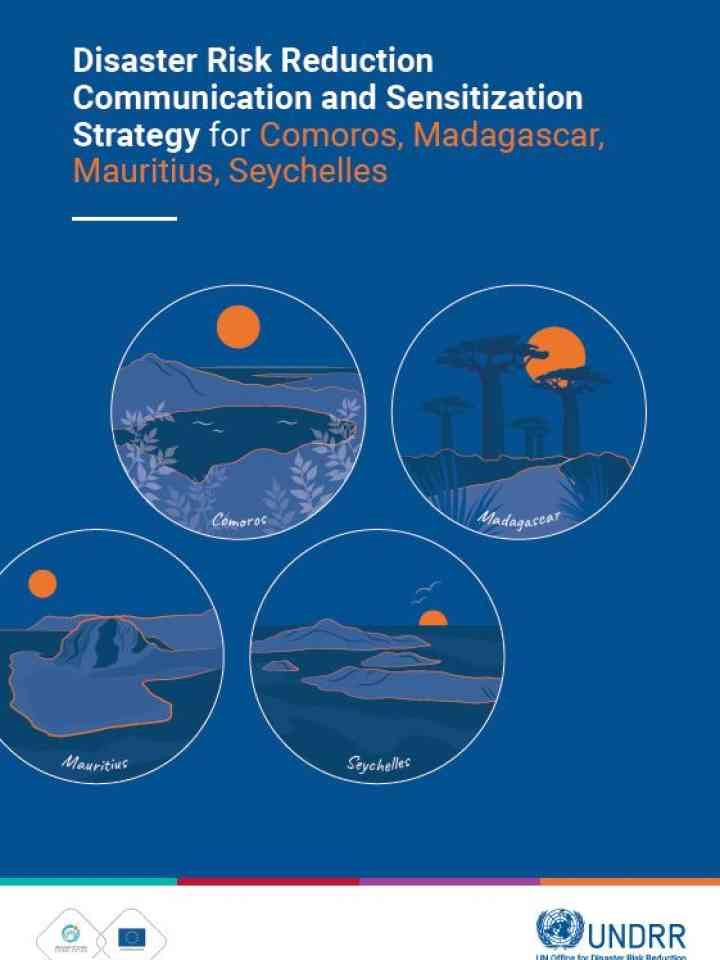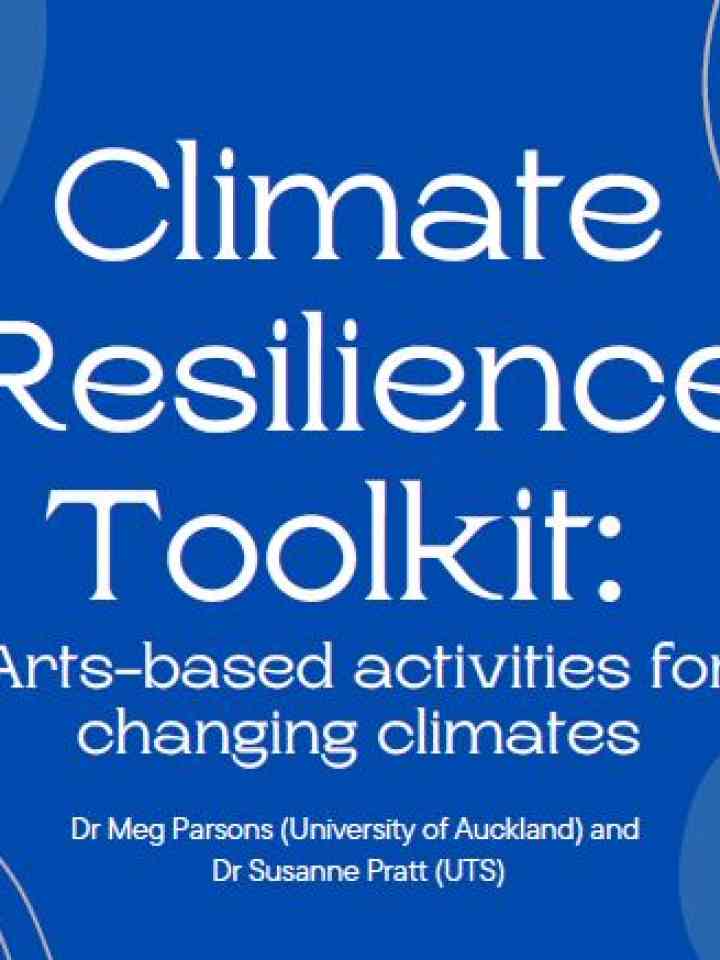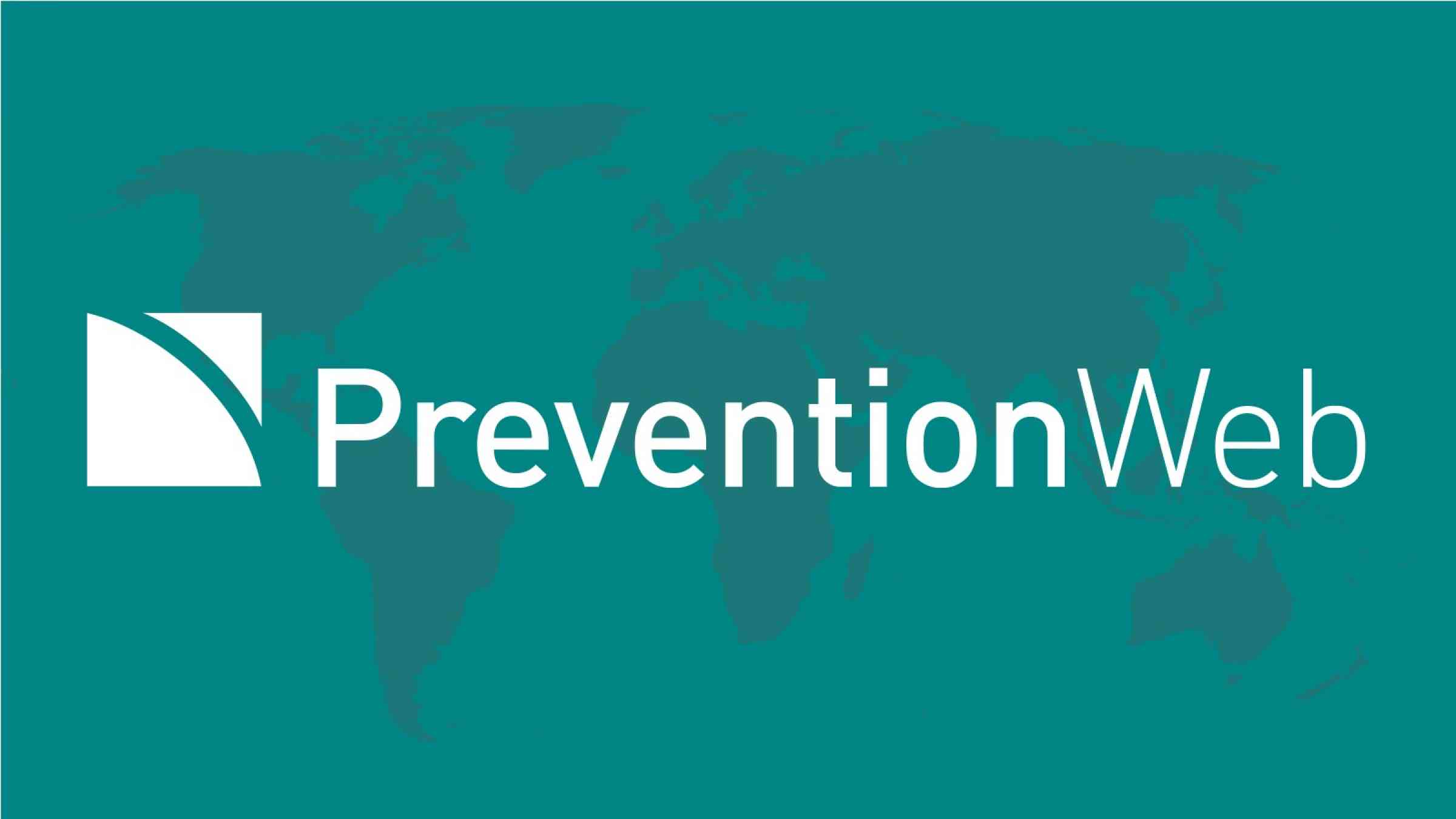Advocacy and media
This theme covers advocacy and awareness raising of disaster risk reduction (DRR) including through traditional and new media, as well as guidance for journalists reporting on disasters, guidance on communicating about climate change and extreme weather attribution.






